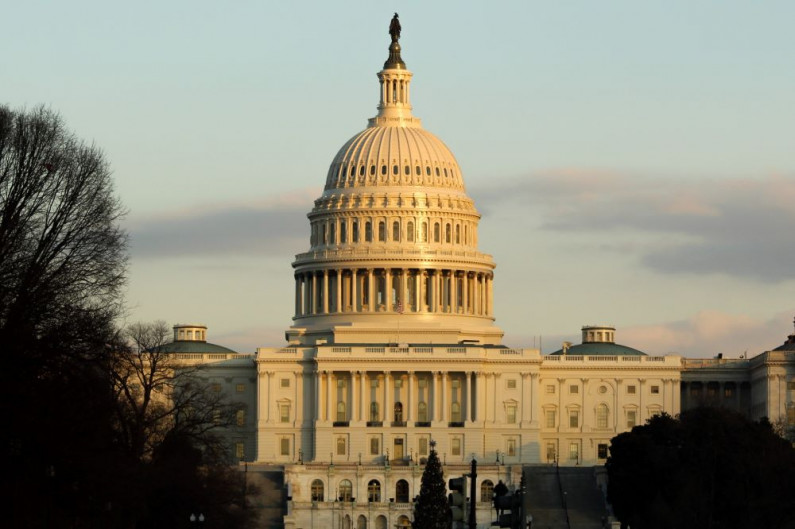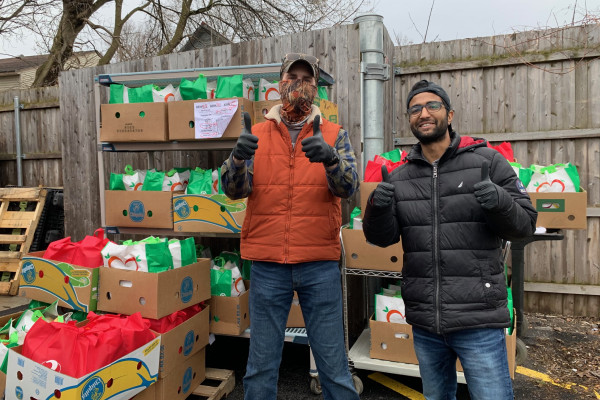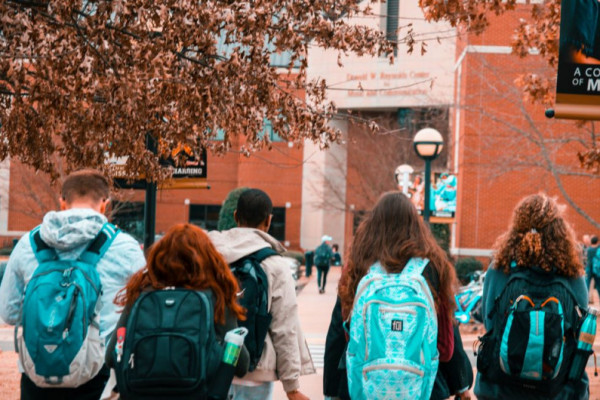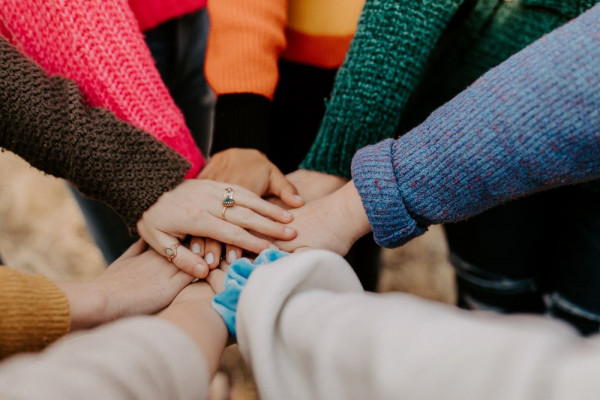Due to the spread of COVID-19 in Vermont, Lake Champlain Chocolates experienced a surplus in its supply of Easter chocolate eggs.
Read more about "Lake Champlain Chocolates Donates Chocolate Eggs"Share Our Post:
WATCH: How will the American Rescue Plan impact philanthropy in Vermont?

How will the American Rescue Plan advance the Community Foundation's COVID-19 Recovery Initiatives and how will it impact philanthropy in Vermont?
Watch now
The American Rescue Plan is bringing $2.7 billion to Vermont. Where will that money go?
Families and businesses who have been adversely impacted by COVID-19 in terms of job loss and revenue loss are the first priority—to keep them whole. Then the money will be used to think ahead about critical infrastructure elements like housing, education, climate change investments, and high-speed internet, which we all know is needed.
The pace and mechanism for how that money reaches communities will be determined over the next four to six weeks as the Governor and state legislature work to finalize a state budget, which is about $7 billion total. State agencies, like the Agency of Commerce and Community Development, and statewide partners that receive significant government support, such as Vermont Housing and Conservation Board or Community Action Agencies, will be responsible for the actual distribution of relief funds.
We will continue to monitor this process to understand how philanthropy can best complement the American Rescue Plan.
That’s a lot of money. What does that mean for philanthropy? Where might it be important to give?
This money isn’t going to the local community nonprofits—at least not soon. If there is a local or regional entity in your community—let’s say an arts or science center, an environmental organization, a summer camp for kids, or a community hub of some sort—these are places that provide enrichment, social engagement, and creativity, but will not get support through the federal funds. While basic human needs organizations, like your local food pantry, will have some access, it’s also important to know it might take a while.
My advice: trust what the organizations in your community are saying. Do they have a budget gap? Will they be able to run fundraising events or summer programming this year? What we saw last year is that a lot of nonprofits just barely made it through the year with a loss of revenue (and many accessed Paycheck Protection Program funds, which will be available again). It will be extremely difficult to do that for a second year.
There are also parts of the social impact sector in Vermont that experienced a double whammy last year: fewer philanthropic donations and lost earned income due to cancelled events. So, another way to think about where philanthropy can be helpful right now is to imagine the fundraising event invitations you might have gotten in a normal summer and check in with those organizations to see whether they are actively raising money. Youth related programs, local environmental groups, arts and music and cultural events—these are all great places to give right now. Think about how your giving is helping people to get back to a regular set of activities for this summer.
That’s great for this year. What about long-term recovery? What guidance is important at this moment in time?
Great question! Yes, if you’re most interested in helping your community, look in your backyard for nonprofits that are getting back into the swing of things this summer.
But if you’re more inclined to seize this moment and support organizations that are using this disruption as an opportunity to create a new future for Vermont, your gift might go to larger nonprofits that have more capacity. Right now, the Community Foundation is particularly interested in a few key areas, as we think about our learnings from COVID-19:
- Civic engagement: We are trying to understand how a community might create strong civic engagement and participatory democracy, and what partners statewide are doing this work.
- Racial and social justice: This work is ongoing and is showing up in municipalities, schools, and more. We’re trying to track and understand how equity relates to issues of housing, business development, and even the stories we tell ourselves about being ‘Vermonters’.
- Mental and behavioral health response: Because the ripple effects of the pandemic have affected all parts of our lives, we are hoping to ensure that support structures for mental health are strong and high quality in the state.
- And – as always – we want to focus on young people: The more youth are engaged, and have safe and enriching environments outside of school, with adults they trust, the more likely they are to set themselves on a positive path for the future.


